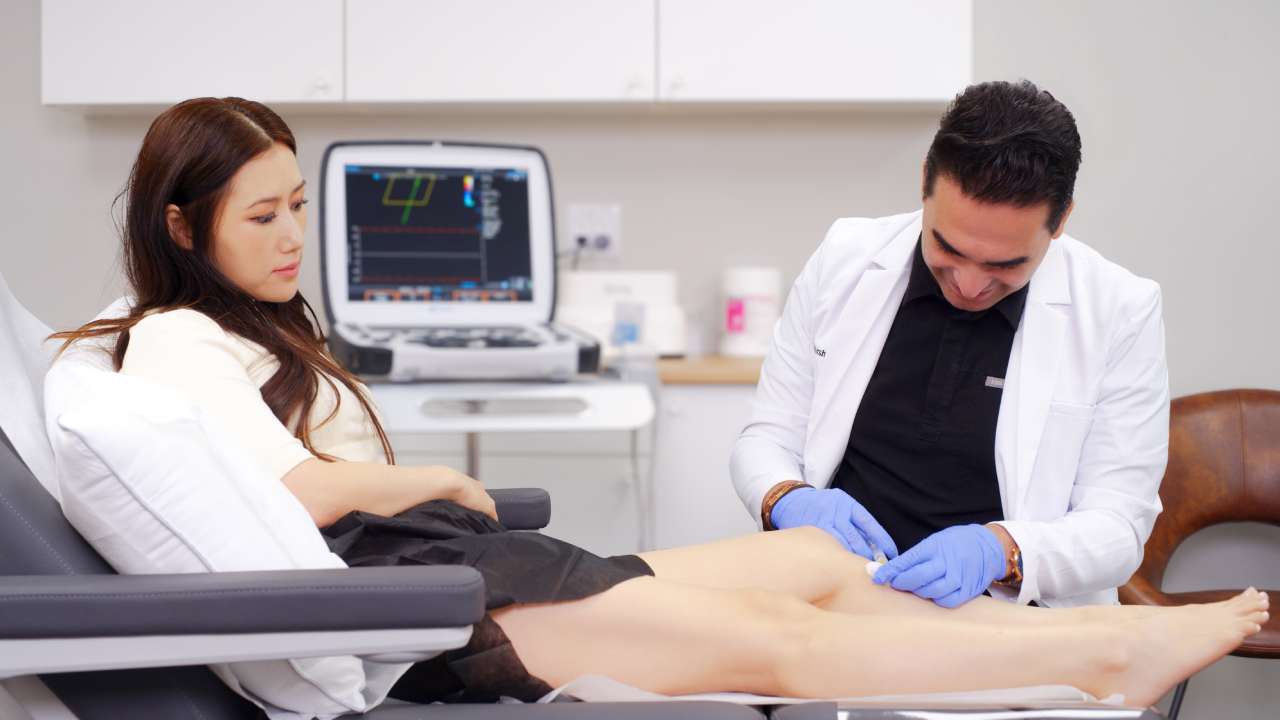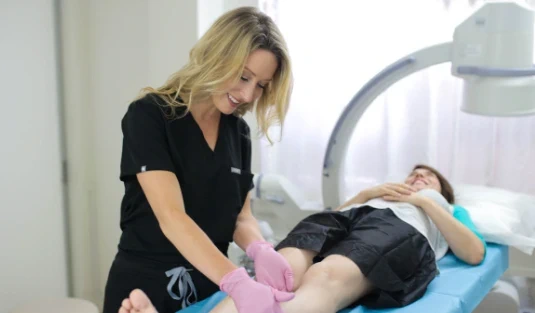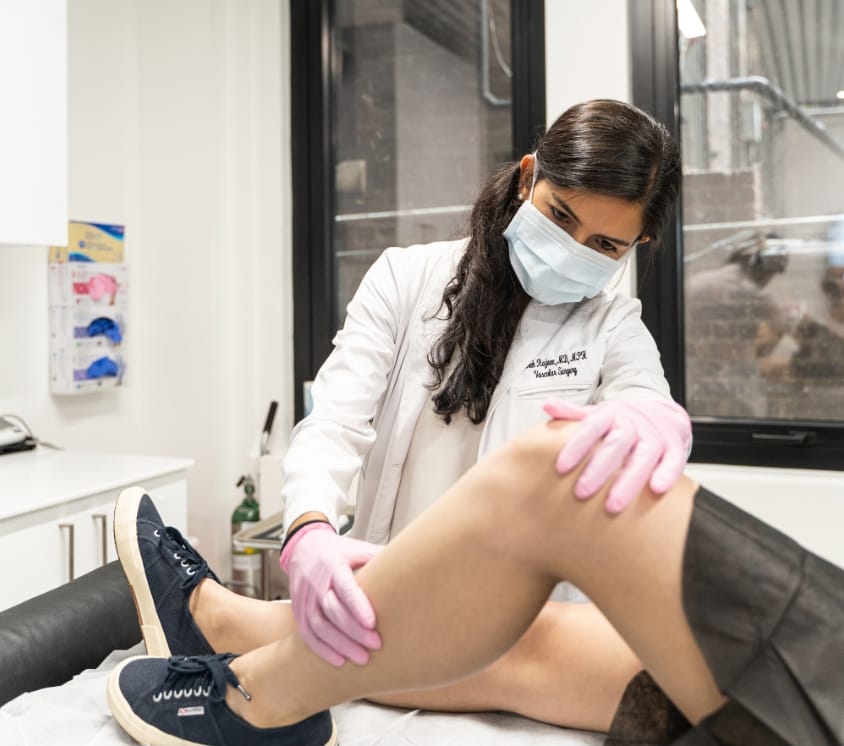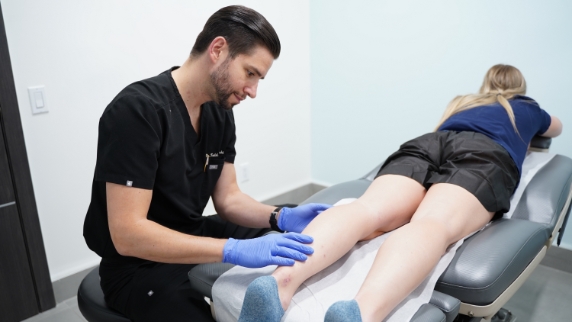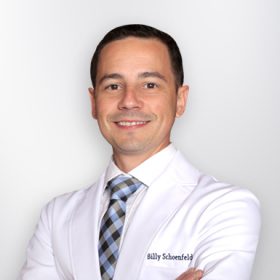Varicose veins and spider veins are common, but they can also signal a more serious condition: venous insufficiency. Without proper diagnosis and treatment from a vein specialist, this condition can worsen over time. Learning about its causes and symptoms can help you take proactive steps to maintain healthy circulation.
Top Causes of Venous Insufficiency
Venous insufficiency occurs when the valves in your veins weaken, allowing blood to flow backward and pool in the legs. Some of the most common risk factors include:
-
Family History: Genetics play a major role, and if both parents have vein disease, your risk is significantly higher.
-
Gender: Women are nearly twice as likely as men to develop venous insufficiency due to hormonal fluctuations.
-
Obesity: Excess weight puts pressure on veins, increasing the likelihood of valve malfunction.
-
Pregnancy: Increased blood volume and hormonal shifts contribute to weakened veins during pregnancy.
-
Prolonged Sitting or Standing: Occupations requiring extended periods of standing or sitting (e.g., teaching, desk jobs, factory work) can elevate the risk of vein disease.
How Does Venous Insufficiency Develop?
Veins are responsible for carrying blood back to the heart. To do so, they rely on a series of one-way valves that prevent backflow. Over time, these valves can deteriorate due to aging or other factors, leading to blood pooling in the lower extremities. This process increases venous pressure and can result in conditions such as venous hypertension.
Signs and Symptoms of Venous Insufficiency
-
Varicose veins and spider veins – Enlarged, twisted veins visible under the skin.
-
Leg swelling and heaviness – Fluid buildup due to poor circulation.
-
Aching, cramping, or burning sensations – Common discomforts, especially at night.
-
Skin changes – Itchiness, dryness, discoloration, or the development of venous ulcers.
-
Blood clot risks – In advanced cases, thrombophlebitis or lipodermatosclerosis may occur.
If left untreated, venous insufficiency can lead to serious complications. Seeking medical attention early can help prevent long-term damage.
Who Is at Risk for Venous Insufficiency?
Certain lifestyle habits and medical conditions can increase your risk of developing venous insufficiency:
-
Lack of exercise – Reduced physical activity slows circulation.
-
Smoking – Affects blood flow and weakens veins.
-
Menopause and hormonal changes – Impact vein elasticity and function.
-
Previous leg injuries or surgeries – Can damage veins and valves.
-
Aging – The likelihood of developing vein disease increases after age 50.
What Should You Do If You Have Symptoms?
Many physicians treat varicose veins and spider veins without addressing the root cause—venous insufficiency. A vein specialist can provide a thorough diagnosis and recommend the most effective treatment plan.
Modern Treatment Options
Today’s treatments for venous insufficiency are minimally invasive and take just 15–30 minutes to perform. Most patients can return to daily activities right away. Common procedures include:
-
Endovenous Ablation (Radiofrequency or Laser Treatment) – Uses heat energy to close diseased veins.
-
Sclerotherapy – Injects a solution to collapse smaller varicose and spider veins.
-
Microphlebectomy – Removes larger varicose veins through tiny incisions.
Vein Treatment Clinic’s vein specialists use state-of-the-art, non-invasive techniques to eliminate vein disease and restore healthy circulation.
Take Control of Your Vein Health
If you experience symptoms of venous insufficiency, don’t ignore them. Early intervention can prevent complications and improve your quality of life. Schedule a consultation with a vein doctor to discuss your options and achieve healthier legs.








